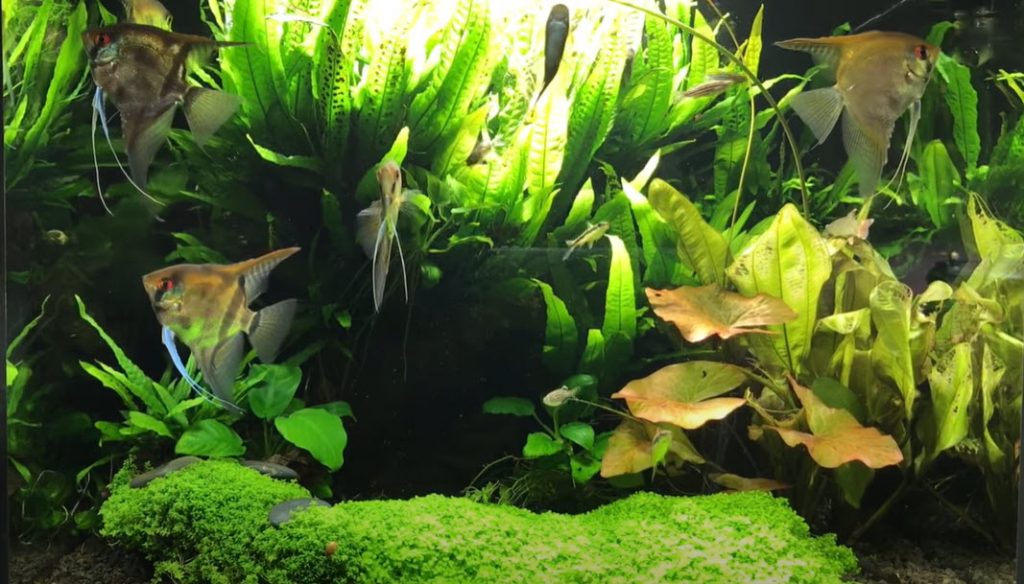
The “Snake Oil” Called Chemical Filtration
All the “experts” from the aquarium supply companies recommend expensive chemical filtration as the third step to filtration. This is ALL just a profit making scam that has been perpetrated on the hobby for over fifty years.
“Expert recommendations” and “science” do not go hand in hand due to the profit motive. In aquarium products a marketing department of a company can freely “false advertise” as much as they want, it is perfectly legal. Marketing departments are extremely effective at writing science fiction, shooting down the cheap alternative and promoting the very expensive alternative (and getting gullible people to make YouTube videos).
Some even publish on the web “scientific papers” which are nonsense mixed in with real science in a very convincing blend of truth and fiction. These “papers” are typically written by a “doctor”, a “PhD”. Note the degree doesn’t need to be authentic. Anyone can claim to be a PhD quite legally.
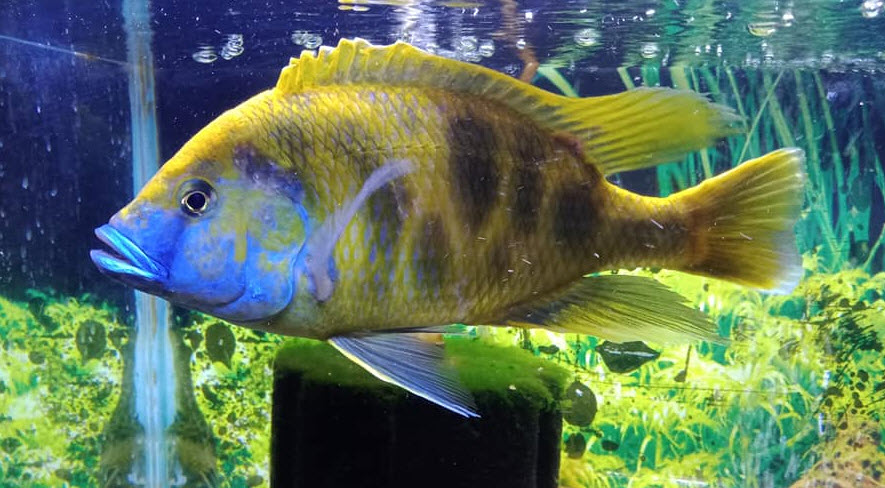
The Third Type of Filtration: Chemical Filtration
By far the biggest piece of fiction anyone has come up with is the idea that there is a third step to filtration beyond mechanical and biological filtration. This was dubbed “chemical filtration” and started out as activated charcoal (“carbon”) which was prepackaged in high priced high profit cartridges for HOBs which were supposed to be replaced monthly.
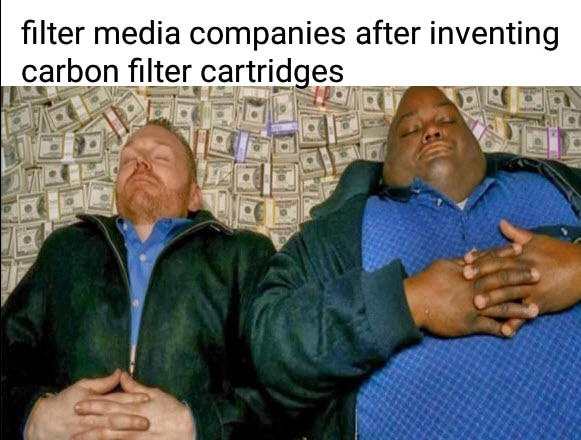
This was invented by the marketing department of a filter manufacturer to make more money. The endeavor was so successful at making huge profits that all the filter manufacturers took up the mantra. And it became carved in granite “fact” that was repeated by every website interested in making a profit, including local fish stores.
Then some innovative marketing folks found that people would buy “proprietary” chemical filtration media of various and sundry sorts if the manufacturer claimed that the media removed “toxins” and “poisons” from the water. Most humans are a real sucker for some things. Now there are all sorts of chemical filtration media being sold at ridiculous prices with ridiculous claims being made for them.
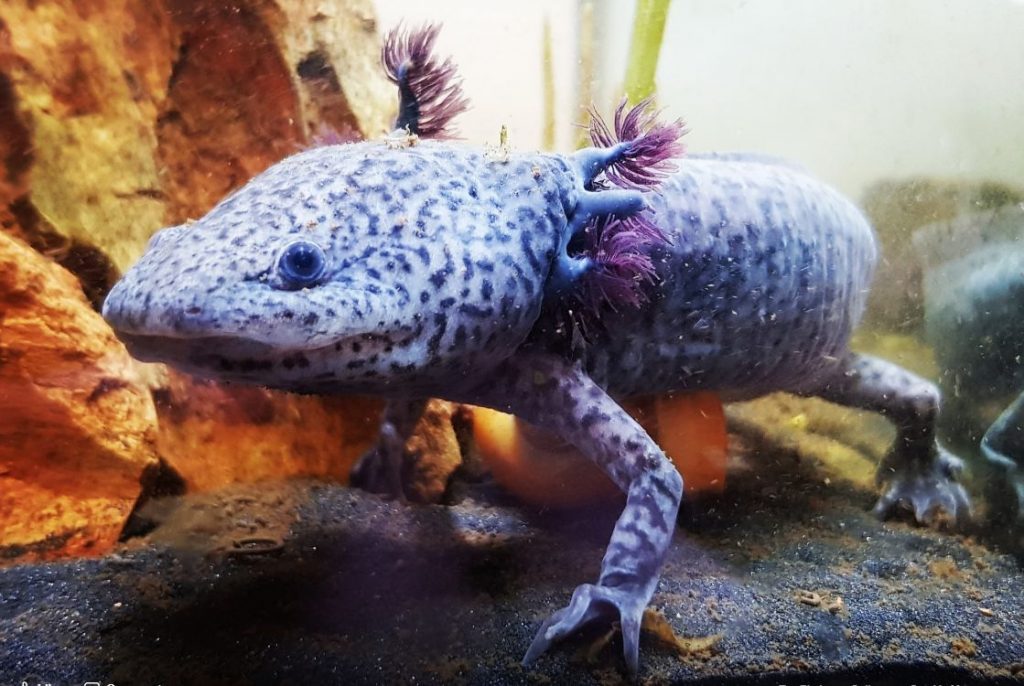
The simple fact is that university research facilities that have large numbers of aquariums (some 450 universities at last count, with millions of zebra danios at each facility), the thousands of aquaculture facilities, the big box pet stores and public aquariums don’t use any type of chemical filtration. None of them! And there is no research that has been done by any university which supports chemical filtration. None!
But there is a psychological phenomenon which almost all people have which rejects all scientific evidence that the product they have been buying at ridiculous prices for years is not a good product. This is called “belief perseverance effect” and there is no point to trying to fight it. If one want to waste their money, have at it.
Activated carbon in its hundreds of brand names, resin beads, ion-exchange resins, and “proprietary” products such as Purigen are simply relatively useless in the freshwater aquarium. None of these products will harm the fish. So spend your money on them if you wish. Burning money is perfectly acceptable in our culture.
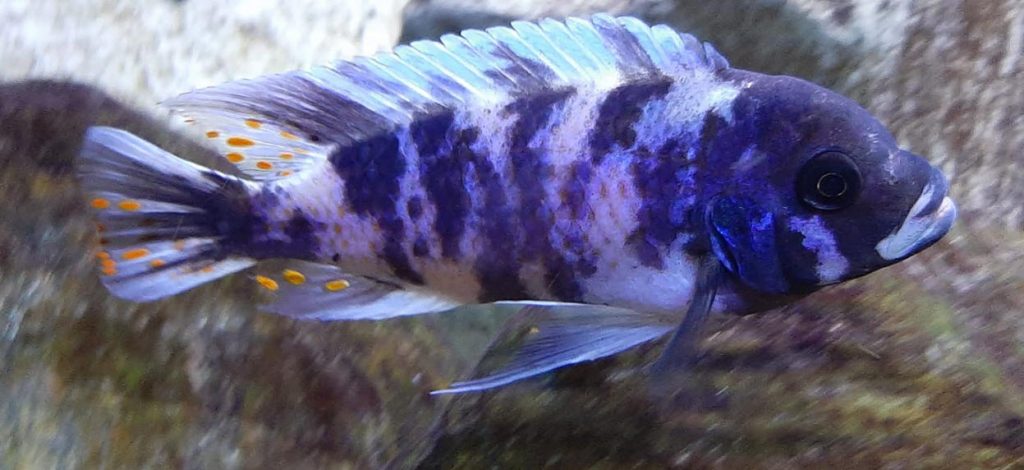
Summary of Chemical Filtration Media
The various chemical filtration media can be summarized as follows:
- Activated carbon does not remove any toxins from the water. It will do the following very limited tasks:
- It will remove smells from a poorly aerated aquarium
- It will remove food coloring from cheap fish food which colors the aquarium water yellow or green
- It will remove brown tannins which leach from certain types of decorative wood
- It will remove Malachite Green from the water
- Zeolite (clinoptilolite) will remove tiny amounts of ammonia at great cost
- There is apparently a selective ion exchange resin which can remove significant amounts of nitrate at a very reasonable cost. It is Purolite a520e (or PA202). I am in the process of getting some of this and testing it.
- Most ion exchange resins simply don’t work in an aquarium, especially if the water has any decent hardness (GH and/or KH)
- Phosphate removing resin work if you have algae in your tank caused by high phosphates in your tap water. This is a very rare occurrence.
- “Proprietary Products” such as Chemi-puretm in all its forms are simply mixtures of the above products with very high price tags.
- Purigentm is just a plastic bead which can absorb the same dyes and tannic acid as activated carbon. But activated carbon is one tenth the cost of Purigen.
- Poly-filtertm filter pads are basically baby diaper material and do nothing in the aquarium.
Chemical filtration is a long-standing money maker for aquarium supply manufacturers with a lot of vocal supporters. Science says that there is little or no benefit to chemical filtration in most aquariums. Also note that carbon (or Purigen) categorically DO NOT remove fertilizers from the water. Fertilizers are charged ions in the water. And carbon or Purigen does absolutely nothing to ionic compounds.
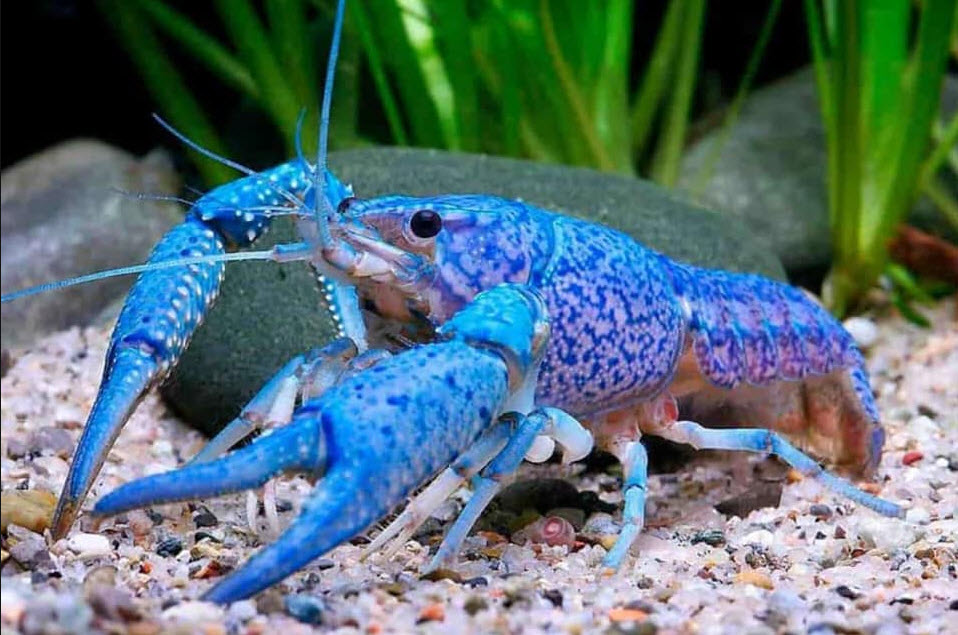
Chemical Filtration can be explored in depth in the following pages:
7.4.2. Activated Carbon
7.4.3. Ion-Exchange Resins
7.4.4. Zeolite
7.4.5. Phosphate Removing Granules
7.4.6. Purigen
7.4.7. Poly-Filter
7.4.8. Chemi-pure
.
Return to Filter Media Menu
.
Aquarium Science Website
The chapters shown below or on the right side in maroon lead to close to 400 articles on all aspects of keeping a freshwater aquarium. These articles have NO links to profit making sites and are thus unbiased in their recommendations, unlike all the for-profit sites you will find with Google. Bookmark and browse!
.

Ben z says
I checked out purolite. Unless you have true economies of scale and bargaining power, sticking with water changes is smarter.
Dave says
I haven’t done anything further.
Joshua says
Any follow up information on the Purolite?
Ben z says
Actually I like buying cheap activated carbon in bulk and mixing it with black gravel for use in UGFs. I find it keeps the colour from humic substances in check in my planted tanks. And so I don’t have to do as many water changes. Cost wise, it’s worth it if you can get it from wholesalers (25kg bags lol). It’s more or less equivalent to the price of blasting media. And I don’t replace the carbon. If it saturates then I just let it be biomedia.
I’m wondering if I can do the same with polymer resins, perhaps in a sump with a fluidised reactor. The price of water is rising where I live, so the nitrate reducing Purolite MIGHT be cost effective. I’ll update when I manage to get a quote from the company.
Word to the wise… if one somehow has a legit need for activated carbon, for instance in a walstad or FF tank that keeps going yellow, go to indiamart and buy a few sacks.
I’m also wondering if any cheap resins can be used as household desiccants.
Dave says
In reply to Przemek …. Zeolite and CEC only forms a bank account of fertilizer and evens out the usage. As such it is pretty useless. If you have a tuned up tank with zeolite you might need to add one grams of nitrate per week to maintain 60 ppm nitrate. If you don’t have the zeolite you will still need the one gram nitrate to maintain 60 ppm. The only difference will be that the zeolite might only drop to 50 ppm during the week while the one without zeolite might drop to 40 ppm. It is not worth the trouble. Stability in fertilizer levels is unimportant.
Przemek says
Hi Dave.
I read your articles one by one. It’s interesting what you say about zeolite. Here, in Poland, it is cheap ($0.5 per kg). Probably because it is mined locally. Sounds like opportunity for huge profit margin business 🙂
Anyway, it is available in variety of granulation (from 0.5 to 32 mm). It is sold as a lawn care material (for water retention), hydroponics substrate, and filtration media.
Observations of nitrate levels, made by one aquarist dosing fertilizer, suggest, that it also removes nitrates. Some use it in planted aquarium substrate, as ingredient, because of its high ion-exchange capacity. How do you think, would it be useful to put some into the substrate to stabilize plant nutrient levels?
Best Regards
Przemek